Explosion protection
We are the specialists for your explosion protection
Our vehicles - your advantages
Looking at the areas of application for explosion-protected industrial trucks, special safety regulations apply because of the dangers that arise during the manufacture of products or their transport and storage. An exceptional source of danger can arise when operating an industrial truck in the hazardous area, which is why the highest safety requirements are given with regard to both the manufacture and the operation of explosion-proof industrial trucks.
As specialist for explosion-protected industrial trucks it is of crucial importance that our equipment:
• is designed and built from the ground up as explosion-proof industrial trucks
• is only maintained by qualified, trained and authorised service personnel.
This ensures the manufacturer responsibility and product liability “from a single source”.
Our production - your safety
The safety issue of an industrial truck must be considered under several aspects. The term “safety” in the case of industrial trucks does not only mean that the driver can drive it safely, because this safety must be present in the operation of every industrial truck (see Machinery Directive RL 2006/42/EC). In the case of explosion-protected industrial trucks, however, safety encompasses more than just driving safety; it must also or precisely include safety for people and property from hazards that are present at the respective place of use of the explosion-protected industrial trucks (see (see Ex Protection Directive 2014/34/EU and Directive 1999/92/EC, see also EU Treaty Article 137 for people / operators.)
In this context, it is important to point out the liability of both the manufacturer and the operator and their insurance coverage, which may not apply in the event of damage.
The core of these explanations was, and still is, that e.g. guidelines, laws, regulations and standards are indications that, if they are not observed, misconduct in the sense of culpable action can be established.
On the other hand, compliance with directives, laws, regulations and standards, for example, is not a carte blanche that their observance in the event of damage excludes both civil and criminal liability in every case. This is because neither the competent EC bodies nor the legislator can or want to use directives, laws, regulations and standards, for example, to relieve industry of responsibility for the safety of the products produced by the manufacturer and operated by the operator.
The manufacturer’s own responsibility is not eliminated by observing the existing directives, laws, regulations and standards. Rather, the manufacturer must observe the recognised rules, i.e. also the current state of the art, independently of this.
Our certificates - quality for operators
Due to the highest quality features in production and service, ex-units of MIAG Fahrzeugbau GmbH are equipped with the following documents, certificates and markings upon delivery:
CE Declaration of Conformity
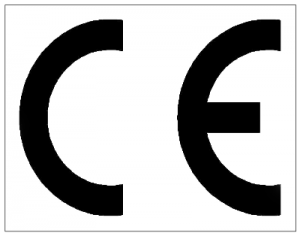 CE marking in accordance with the European Directive 2014/34/EU (ATEX) including the Machinery Directive 2006/42/EC is taken very seriously by MIAG Fahrzeugbau GmbH. All requirements in the corresponding directives are complied with. Therefore, the MIAG CE marking also includes, above all, the necessary certification of “Electromagnetic Compatibility” (EMC) in accordance with Directive 2014/30/EU for the MIAG industrial trucks. An independent testing institute certifies conformity with the requirements of the EMC Directive after testing the equipment in accordance with the EN 12895:2015 standard.
CE marking in accordance with the European Directive 2014/34/EU (ATEX) including the Machinery Directive 2006/42/EC is taken very seriously by MIAG Fahrzeugbau GmbH. All requirements in the corresponding directives are complied with. Therefore, the MIAG CE marking also includes, above all, the necessary certification of “Electromagnetic Compatibility” (EMC) in accordance with Directive 2014/30/EU for the MIAG industrial trucks. An independent testing institute certifies conformity with the requirements of the EMC Directive after testing the equipment in accordance with the EN 12895:2015 standard.
- ATEX certificate “Quality Assurance Production” of the Physikalisch-Technische Bundesanstalt (PTB) for MIAG Fahrzeugbau GmbH as a company, which is a prerequisite for a company to be allowed to draw up the above CE declaration of conformity for explosion-protected equipment or systems at all.
EX protection guideline
 MIAG industrial trucks are certified by a named body approved in the EC (e.g. Physikalisch-Technische Bundesanstalt (PTB) in Germany) in accordance with the explosion protection directive 2014/34/EU dated 26.02.2014. This refers both to the individual components of electrical equipment and to the overall system “industrial truck”.
MIAG industrial trucks are certified by a named body approved in the EC (e.g. Physikalisch-Technische Bundesanstalt (PTB) in Germany) in accordance with the explosion protection directive 2014/34/EU dated 26.02.2014. This refers both to the individual components of electrical equipment and to the overall system “industrial truck”.
With the highest possible safety standard for explosion-protected industrial trucks pursued by MIAG Fahrzeugbau GmbH, it is generally ensured, irrespective of the hazard potential of the respective Ex zone, that an explosion cannot occur, for example, when an explosive atmosphere meets oxygen and a spark, regardless of whether in Zone 1 / Zone 21 (area in which an explosive atmosphere can occasionally form during normal operation) or Zone 2 / Zone 22 (area in which an explosive atmosphere does not normally occur or occurs only briefly). The relevant existing European standards are observed during design, production, quality assurance and certification.
These include, for example:
EN 1127-1:2019 Explosion prevention and protection Part 1, Basic concepts and methodology
EN 60079 ff. Explosion-protected electrical equipment for gas explosion protection
EN 60079-14:2014 Electrical installations in potentially explosive atmospheres (VDE 0165 Part 1)
ISO 80079-36:2016; ISO 80079-37:2016 >ff Non-electrical equipment
EN 1755:2015 Explosion-proof industrial trucks
EN 1834-1:2000 Explosion-proof reciprocating piston motors
or -3:2000 (e.g. diesel engines)
DQS certificate according to ISO 9001:2015
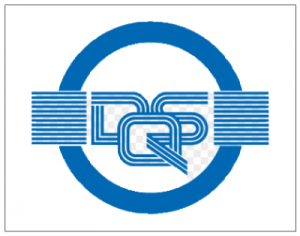 MIAG Fahrzeugbau GmbH has been certified in accordance with DIN EN ISO 9001:1994 since 01 February 1996 and also in accordance with ISO 9001:2015 since 29 May 2017 by DQS GmbH – Deutsche Gesellschaft zur Zertifizierung von Management-Systemen. The current certificate is valid on the basis of ISO 9001:2015 until 29 May 2023.
MIAG Fahrzeugbau GmbH has been certified in accordance with DIN EN ISO 9001:1994 since 01 February 1996 and also in accordance with ISO 9001:2015 since 29 May 2017 by DQS GmbH – Deutsche Gesellschaft zur Zertifizierung von Management-Systemen. The current certificate is valid on the basis of ISO 9001:2015 until 29 May 2023.
Additional Audit ™ “Production Quality Assurance”
The additional audit “Production Quality Assurance” according to Directive 2014/34/EU (ATEX) Annex IV was also carried out on the basis of DIN EN ISO/IEC 80079-34:2020 by the Physikalisch-Technische Bundesanstalt (PTB), Braunschweig, for the last time on 08 June 2020 and successfully completed. The current certificate is valid until 13 June 2023..
- EC or EU type examination certificates for all electrical equipment
- Statement of conformity / EC or EU type examination certificate for the respective complete devices
- EMC certificate complete unit
Explosion protection using the example
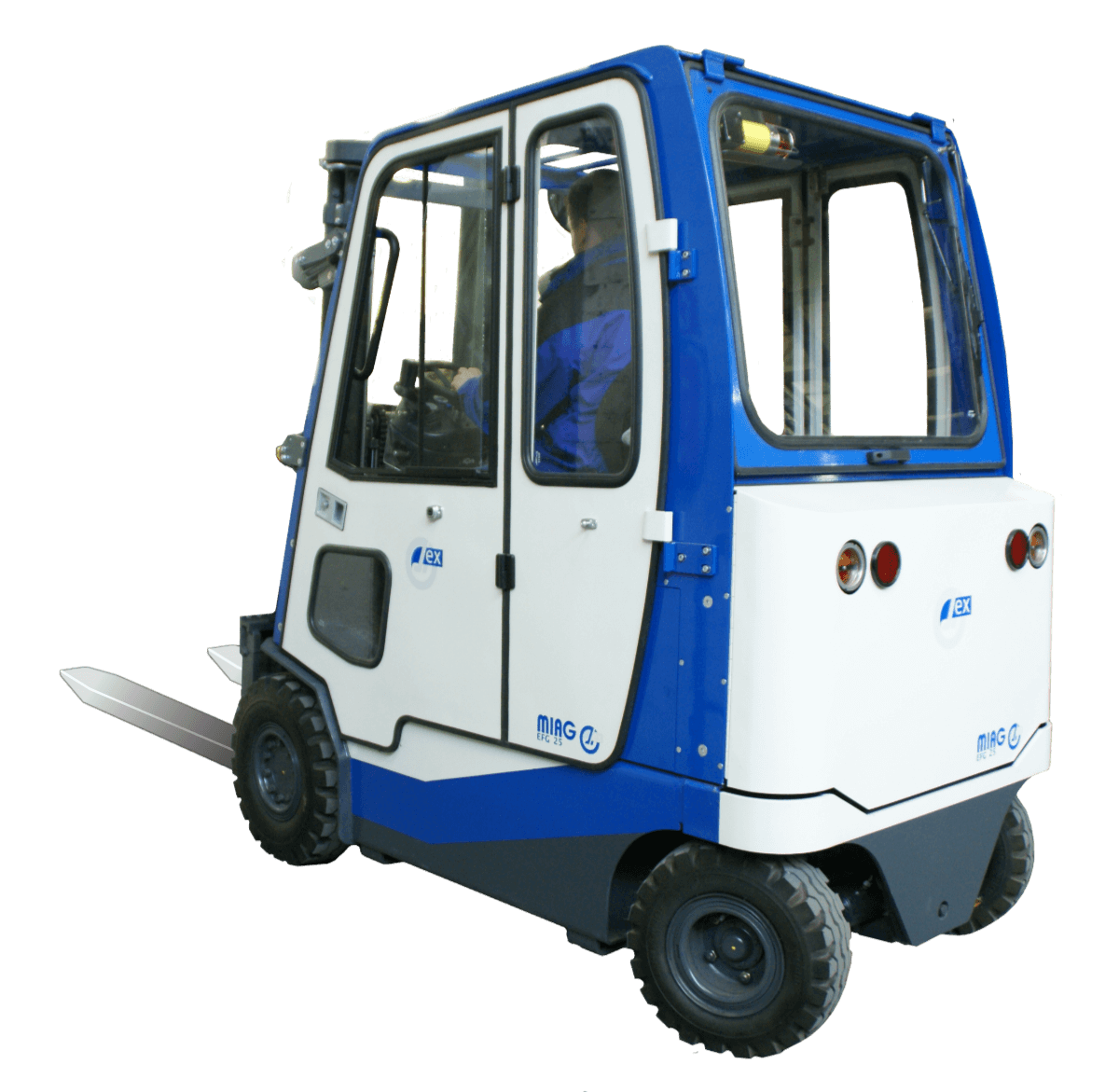
















Monitoring explosion safety
– Automatic shutdown if the permissible limit temperatures are exceeded for motors, inverters and controls
– Automatic monitoring of the hydraulic oil temperature
– Parking brake with travel lock prevents driving with activated brake and thus impermissible heating
– Dissipation of electrostatic charge through conductive tyres and wheels
 Wheels: all wheels must have a surface resistance of less than 109 ohms. However, two loaded wheels must have a leakage resistance of less than 106 ohms so that any electrostatic charges on the industrial truck can dissipate. The two dissipative wheels should be as far apart as possible and must be marked or a sign must be fixed near the wheels. MIAG Fahrzeugbau GmbH only uses wheels that have a leakage resistance of less than 106 ohms (new wheels normally have a leakage resistance of less than 104 ohms). Additional safety factor: there is no risk of a mix up when fitting the wheels and the wrong wheels cannot be fitted accidentally by the maintenance staff.
Wheels: all wheels must have a surface resistance of less than 109 ohms. However, two loaded wheels must have a leakage resistance of less than 106 ohms so that any electrostatic charges on the industrial truck can dissipate. The two dissipative wheels should be as far apart as possible and must be marked or a sign must be fixed near the wheels. MIAG Fahrzeugbau GmbH only uses wheels that have a leakage resistance of less than 106 ohms (new wheels normally have a leakage resistance of less than 104 ohms). Additional safety factor: there is no risk of a mix up when fitting the wheels and the wrong wheels cannot be fitted accidentally by the maintenance staff.
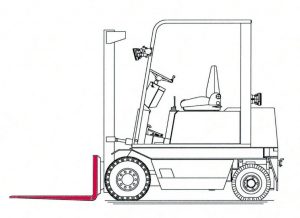 Load handling attachment (forks): all surfaces of the load handling attachment (forks) that may have frictional contact with the floor or the load must be coated with copper, brass or stainless steel. Alternatively, the load handling attachment can be made entirely of stainless steel.
Load handling attachment (forks): all surfaces of the load handling attachment (forks) that may have frictional contact with the floor or the load must be coated with copper, brass or stainless steel. Alternatively, the load handling attachment can be made entirely of stainless steel.
Attention! Stainless steel must have a chromium content of at least 16,5%.
• Forks made of stainless steel are permissible for gas areas IIA, IIB as well as dust areas IIIA, IIIB, IIIC
• For gas ranges IIC (hydrogen, acetylene), stainless steel is no longer permitted, but only brass or plastic coating (conductive).
 Seat: All surfaces of the seat (e.g. plastic parts, fabric covers or imitation leather) that have contact with the driver must be electrically conductive (surface resistance <109 Ohm) and all conductive surfaces must be connected to the chassis of the industrial truck in an electrically conductive manner.
Exceptions are only surfaces / components with a surface area < 100 cm² for IIB units or < 20 cm² for IIC / IIB+H2 / IIB+C2H2 units.
Seat: All surfaces of the seat (e.g. plastic parts, fabric covers or imitation leather) that have contact with the driver must be electrically conductive (surface resistance <109 Ohm) and all conductive surfaces must be connected to the chassis of the industrial truck in an electrically conductive manner.
Exceptions are only surfaces / components with a surface area < 100 cm² for IIB units or < 20 cm² for IIC / IIB+H2 / IIB+C2H2 units.
MIAG Fahrzeugbau GmbH
Kocherstraße 1
38120 Braunschweig
Germany
Fon +49 531 8 66 01 0
Fax +49 531 8 66 01 50
info@miag.de
designwork © www.2ax.net
